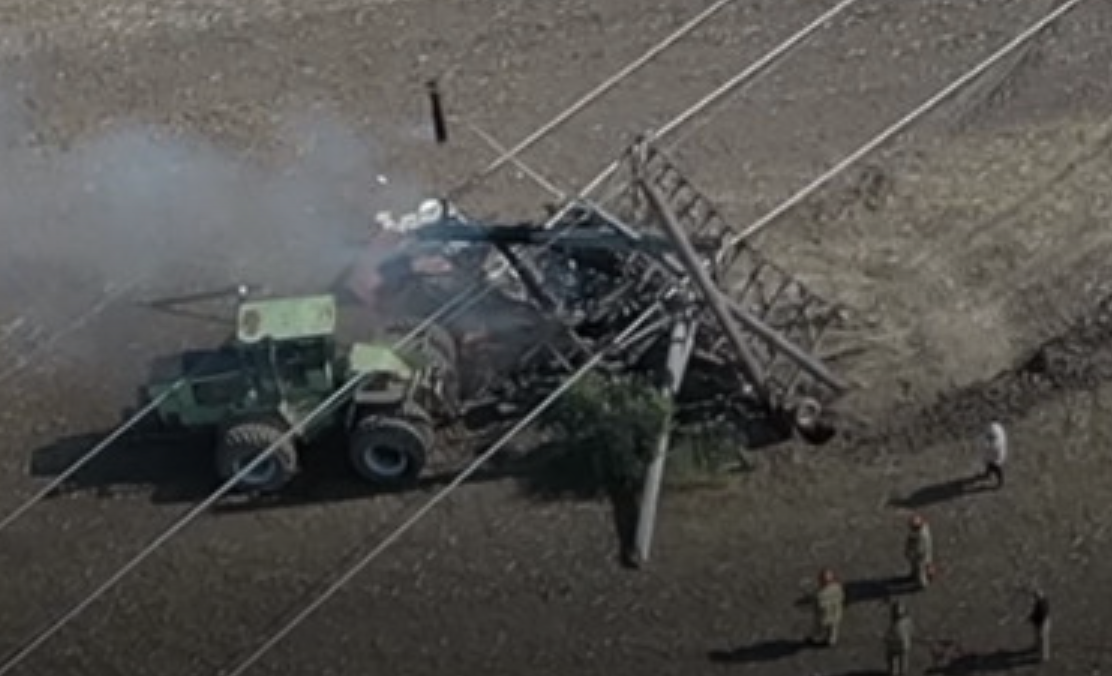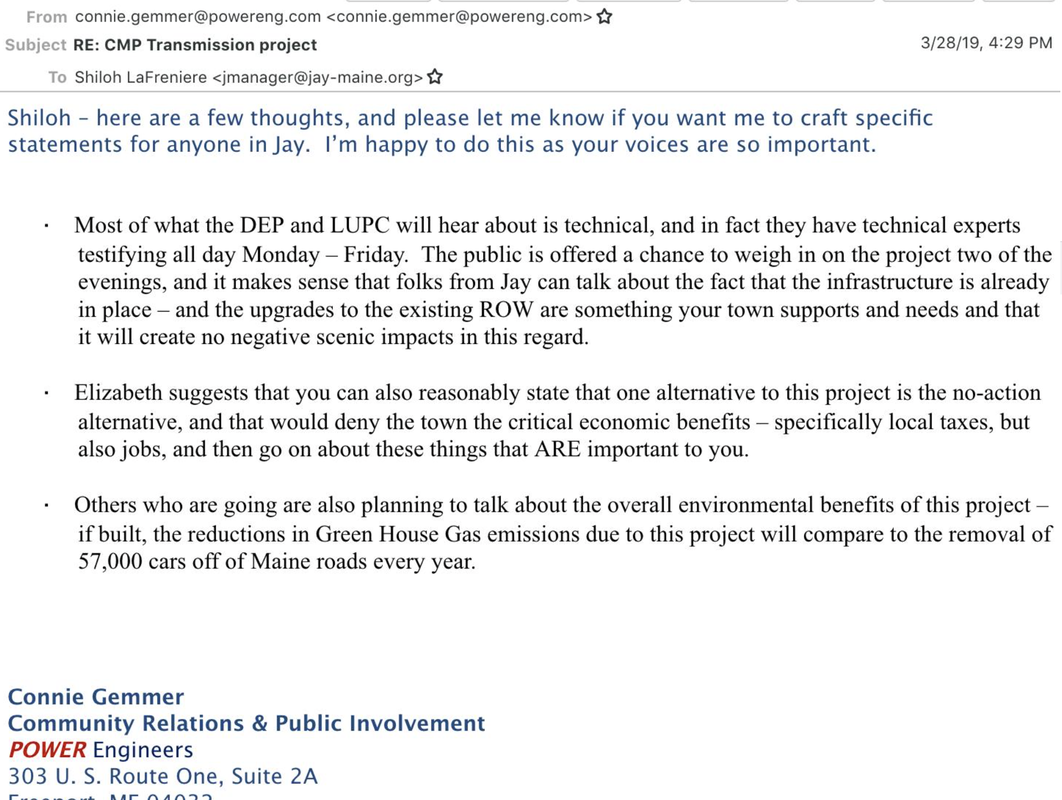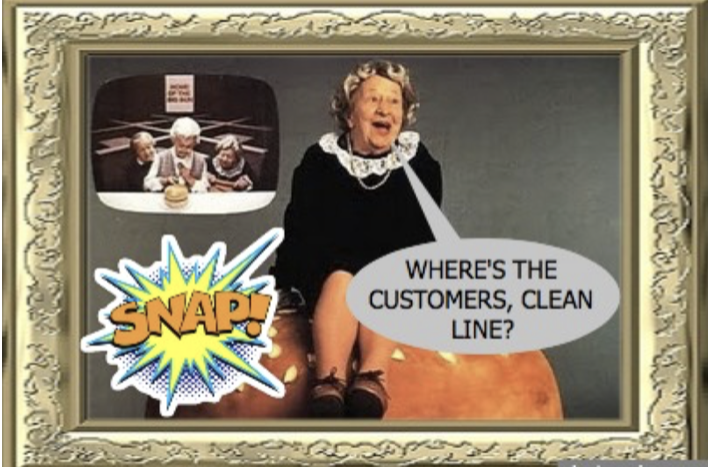Texas has been sweltering in a summer heatwave. At the same time, the big wind resource Texas has been counting on tanked. That's no surprise, really. Terrestrial wind is expected to die out during a heat wave. Except much of Texas's earlier stable of baseload fossil fuel generators have closed. There's nothing there to take the place of failed wind generators.
In addition, the prices commanded by the generators that remain shot through the roof. This is supposed to be the market signal to build more generation. But will it really happen just to serve a couple days out of the year? Or will Texas keep doing its big wind thing and accept occasional blackouts and outrageous electric bills as the price of "clean" energy?
Obviously, big land-based wind cannot keep the lights on all the time. Should we all begin training to consume less so that we can survive in a world powered by non-dispatchable "clean" generators? No pain, no gain, right? We can revel in each bucket of sweat we collect as proof that we're saving the planet!
Is that the real message in Michael Moore's new documentary "Planet of the Humans"? Touted as an attack on big wind and big solar, it's been surprisingly quiet from the environmental front. I was so looking forward to watching the left attack one of its own, but it hasn't happened. Why so quiet?
Is this just the latest on the greenwashing front? That we all need to be proud to suffer in order to save the planet? Afterall, we've been fed a steady diet of "clean energy now" for decades. When the truth starts to leak out and the green starts to wear off, we must be trained to like the suffering necessary for a "green" planet and to be proud of our suffering. It's the only way the obscene profits will continue for those who are profiting off the big wind scam.
So, get out your human powered fans, Texas!






 RSS Feed
RSS Feed